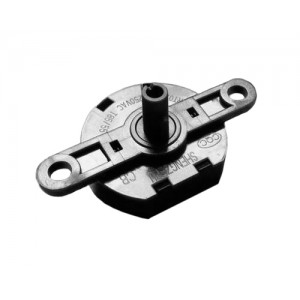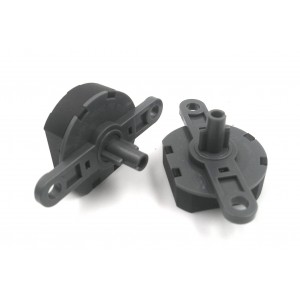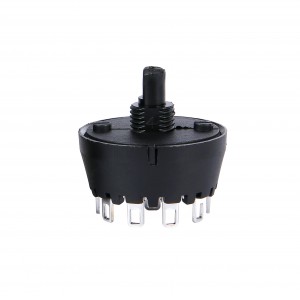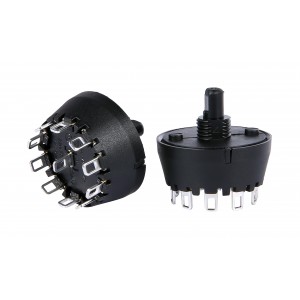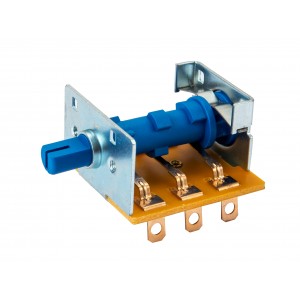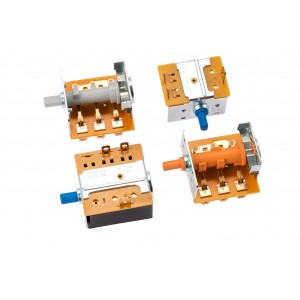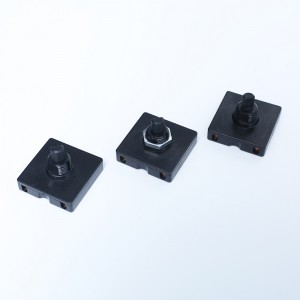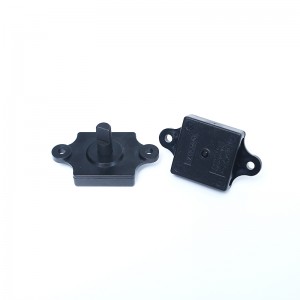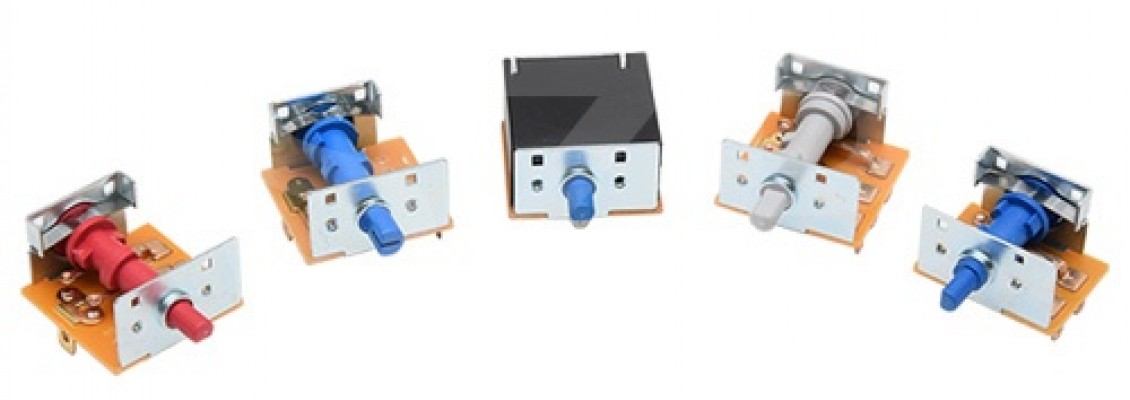
Speed regulating
switch is an electronic switch that uses electronic circuit or microprocessor
chip to change the motor stage, voltage, current, frequency and other methods
to control the motor speed, so as to make the motor achieve high performance.
Speed regulating
switch is used in many places in industry. But at present, there are not many
kinds of speed regulating switches in the whole industry. The working principle
of speed regulating switch is to control the speed of motor or electrical
equipment by adjusting the voltage, frequency or stage of motor. From the
appearance, these speed regulating switches don't seem to be different. For AC
motors, the speed regulation modes include: 1) inductive speed regulation, 2)
tap speed regulation, 3) capacitive speed regulation, 3) thyristor speed
regulation and 4) frequency conversion speed regulation. For DC motor, the
speed regulation modes include: 1) armature circuit resistance speed
regulation, 2) armature voltage speed regulation, 3) speed regulation of
thyristor converter power supply, 4) pulse width speed regulation of DC motor
with high-power semiconductor devices, and 5) excitation current speed
regulation. But sometimes, in order to be convenient to use, the speed
regulating switch is also divided into several types according to different
ways. Let's take a look at the classification of the more mainstream speed
regulating switches in the market.
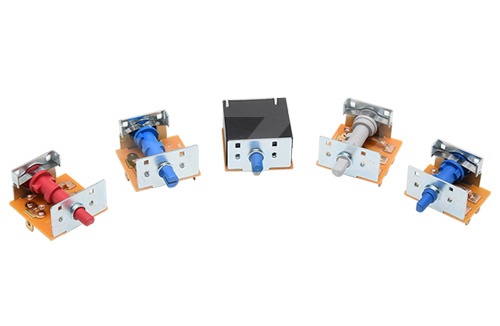
One method is divided according to the operation mode. This classification method can be distinguished from the appearance. Of course, different operation modes may have different working principles for internal use.
But this is not certain. There are many speed regulating switches with different operation modes, but the internal structure and working principle are the same. According to different operation modes, the speed regulating switch can be divided into knob type, button type and speed regulating socket. Among them, the first two are commonly used in life, and the latter one is very limited in industry because it is relatively troublesome to use.
Another way is
to classify according to load power. Because the power is different in
industry, the requirements for speed regulating switch will be different.
According to the power, it can be divided into conventional type, medium power
type and super power type. Such classification can ensure that the speed regulating
switch used can give full play to its maximum performance.
According to different wiring modes, the speed regulating switch can also be divided into single line and zero fire line electronic speed regulating switches. The single wire speed regulating switch is simpler in structure than the latter one, and it is more convenient to maintain. However, in terms of security, it is relatively worse than the latter. Moreover, this classification method is mainly aimed at people who know more about speed regulating switches. Ordinary users can't distinguish the difference between the two.

